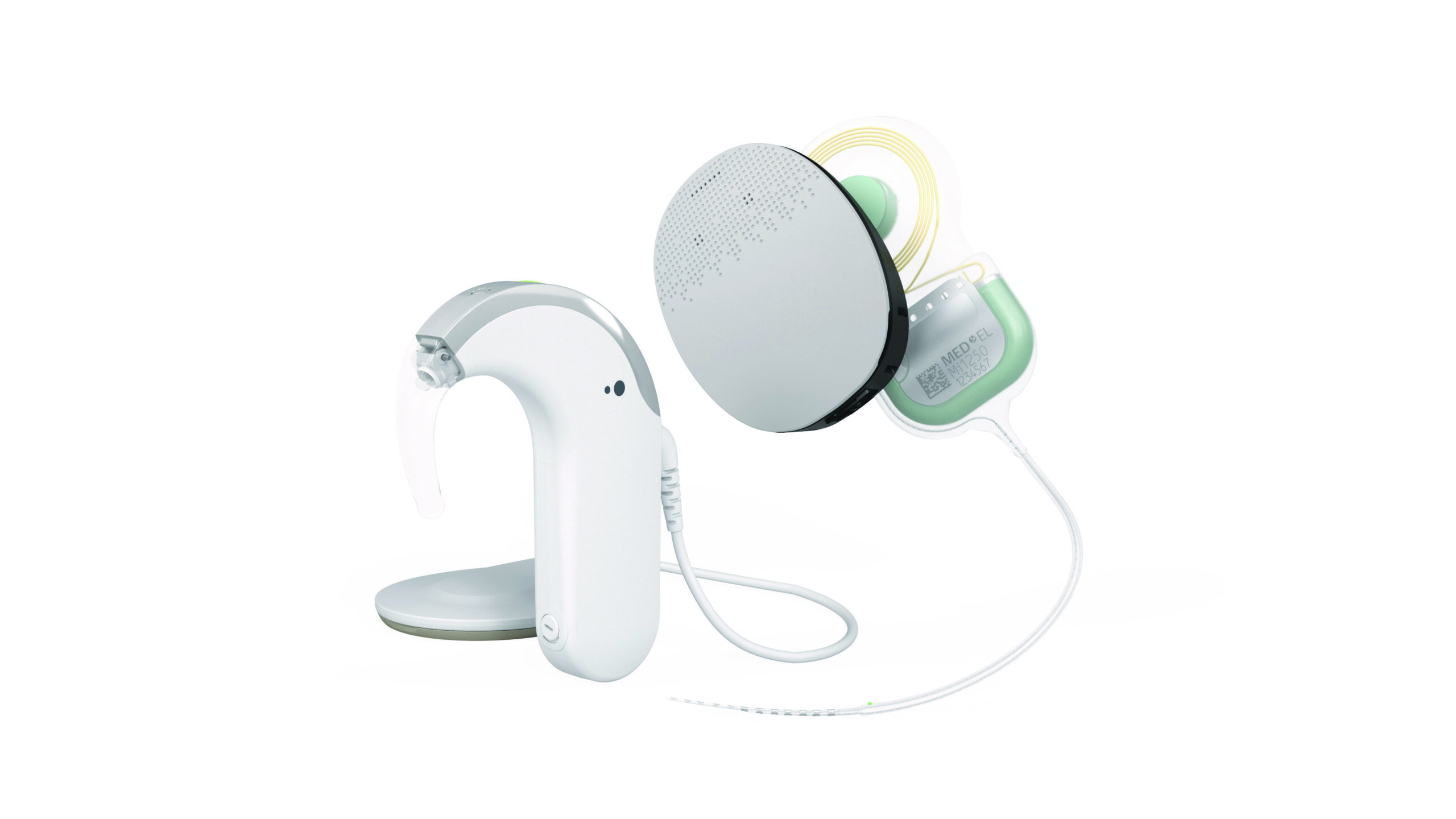What exactly is a cochlear implant and how does it differ from a hearing aid?
Milions of people worldwide are affected by hearing loss. For most people who choose to use technology, the conventional hearing aid is sufficient, available for various degrees of severity. Still, when hearing loss surpasses a certain level, cochlear implant or a CI comes into play.

A cochlear implant (CI) is an electromedical device that takes over the functions of the inner ear and is therefore used in cases of very severe hearing impairment. When hearing aids no longer help and a CI is suggested as a solution, the reason is this: a hearing aid works differently than a cochlear implant system.
While hearing implants merely amplify the incoming sounds, cochlear implants electrically stimulate the auditory nerv directly. What does this exactly mean?
Modern hearing aids come in different designs and shapes. The right choice depends on the individual needs such as degree of hearing loss, the anatomy of the ear and other aesthetic reasons.
Hearing aids pick up incoming sound, process it and deliver it into the ear canal with amplification. This means that the microfone receives the sound and emits it into the processor worn inside or outside the ear. The processor amplifies the signals, converts them into electrical signals and filters out the noise. The amplifier receives the relevant signals and converts them again into acoustic signals. Ultimately, they are delivered into the ear canal like this.
In cases of severe or profound hearing loss, if the hair cells are so severely damaged that the sound in the inner ear can no longer be converted into bioelectrical signals, the hearing aid will no longer help.
On the other hand, cochlear implants do not depend on inner ear to convert the signals. Unlike hearing aids, CIs bypass the damaged inner hair cells and electrically stimulate the auditory nerve directly.
This means that a cochlear implant simply avoids the damaged hair cells and sends the signals as coded electrical impulses directly to the auditory nerve and the brain, where these are interpreted as acoustic signals. As the brain receives and processes these information within a very short period of time, they are practically perceived at the moment when they occur. In a nutshell, a cochlear implant replaces a sense of hearing.
A cochlear implant (CI) consists of two main parts:
- the outer part, the audio processor with transmitting coil
- the inner part, the implant with the electrode arrey
The audio processor picks up the sound information and sends it to the implant via the transmitting coil, which is connected to the implant by a magnet. It is located behind the ear, under the skin and transmits the pulse patterns to the electrode array, which is inserted directly into the cochlea. The auditory nerve receives these electric impulses and transmits them to the auditory center in the brain. The brain perceives these signals as sounds.
Mehr über Cochlea-Implantate
Find out more about the surgery (implantation) here!

You are reading:















